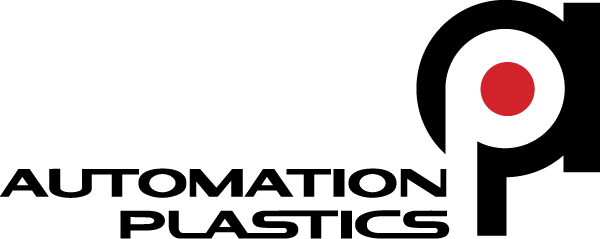Top 6 Advantages of Plastic Injection Molding
If you are looking to make plastic parts, you should consider plastic injection molding. As one of the most reliable and efficient plastic manufacturing processes, plastic injection molding is a convenient and cost-effective way to make high-quality plastic parts.
Compared to other methods of plastic fabrication, plastic injection molding enables better:
Time savings
Precision molding
Process control
Automated workflows
That’s why injection molding is the go-to choice for plastic production, both for low- and high-volume applications.
How Does Plastic Injection Molding Work?
At its core, plastic injection molding is all about using a mold cavity to shape molten plastic into a finished part. The simplest systems require an injection molding machine, a mold and raw plastic material.
The molding process can be broken down into four main stages: clamping, injection, cooling and ejection. Once you inject the molten plastic into the mold, it cools and solidifies into the final part. You can use any commercial- or industrial-grade plastic for this process, with the two most common types being high-density polyethylene (HDPE) and low-density polyethylene (LDPE). The molds themselves are often made of aluminum or steel.
With plastic injection molding, you can create virtually any plastic part for any application. Automotive, energy and industrial markets all rely on plastic injection molding to produce the critical parts and components of their systems.
Why Should I Choose Plastic Injection Molding?
If you need high-quality plastic parts that will perform well and keep your customers happy, then injection molding is likely your best bet. Here are the top advantages of plastic injection molding, and how this innovative process can help you achieve your next great design:
1. Design Flexibility
One of the biggest reasons to go with plastic injection molding over other manufacturing processes is how much control you have over the final part. From simple shapes to complex geometries, plastic injection molding allows for a level of detail unmatched in typical molding or machining processes.
A lot of this has to do with the way that plastic injection molded parts are made. By taking the liquid nature of heated thermoplastics and combining that with the amount of pressure you apply to your mold or resin, you can create very fine details. Trying to get the same level of detail with other manufacturing processes is often expensive, and sometimes not even possible.
2. Enhanced Quality
Plastic injection molded parts are often stronger and perform better than parts produced by other forms of manufacturing. They often last longer than other parts and can hold up better to harsh conditions.
Since you can specify certain component properties with your choice of thermoplastics and resins, you can create parts that are more resistant to chemicals and washdowns, extreme temperatures and other environmental factors. The fillers that you use in your resin mix can also help increase part durability while simultaneously offering a lighter weight product.
3. Fast Production
With injection molding, the time to mold a plastic part can sometimes take as little as 15-30 seconds. The only thing that takes any notable amount of time in the injection molding process is creating the mold itself. Once that is done, part production can begin right away. Using multi-cavity molds to produce multiple parts at once can speed up production even further.
Creating your mold is a very important step, and a lot of care and attention should go into optimizing your mold design both for performance and cost-efficiency. That is why it’s essential to find an experienced manufacturer like Automation Plastics who can help guide you through the mold creation process. The right partner will help ensure that you create the best parts possible, in a fraction of the time.
4. Automated Manufacturing
After you design your mold, the rest of the injection molding process is nearly all automated. A single operator can manage multiple machines at once, with computers and robots handling most of the labor.
Not only does automation produce parts faster and more reliably than manual labor, but it also frees up your operators for more quality assurance.
5. Cost Efficiency
With the plastic injection molding process largely automated, the need for human operators is minimal. Those reduced labor costs equal a significant cut in the overall cost that it takes to manufacture a part.
Beyond that, since you can create complex, high-quality parts in one go, you save even more by not having to send your parts through secondary detailing processes. The reliability of injection molding also creates less manufacturing errors, saving you money when you would have otherwise had to redo a part. Cost efficiency is further enhanced when producing larger volumes of components.
6. Waste Reduction
As the world tries to become more environmentally conscious, industrial manufacturing processes are one of the first places to get caught under the spotlight. This is especially true for the plastic industry, which can create a large amount of non-biodegradable solid waste if the plastic isn’t properly recycled.
For those looking to go “greener” – which has a mix of regulatory and public relations benefits – plastic injection molding is a great option since it produces less waste. Unlike conventional processes that cut out plastic pieces from larger blocks and scrap the rest, plastic injection molding uses only the amount of plastic that you need.
Better Plastic Injection Molding at Automation Plastics
Here at Automation Plastics, we strive to continually improve our plastic injection molding processes to deliver the best parts possible for our customers.
As a leader in precision molding, we place a lot of value on innovative new technologies and systems. Automation Plastics brings speed, precision and quality to plastics applications every time. Housed within a more than 50,000-square-foot facility is the technology to produce precise, quality plastic parts.
